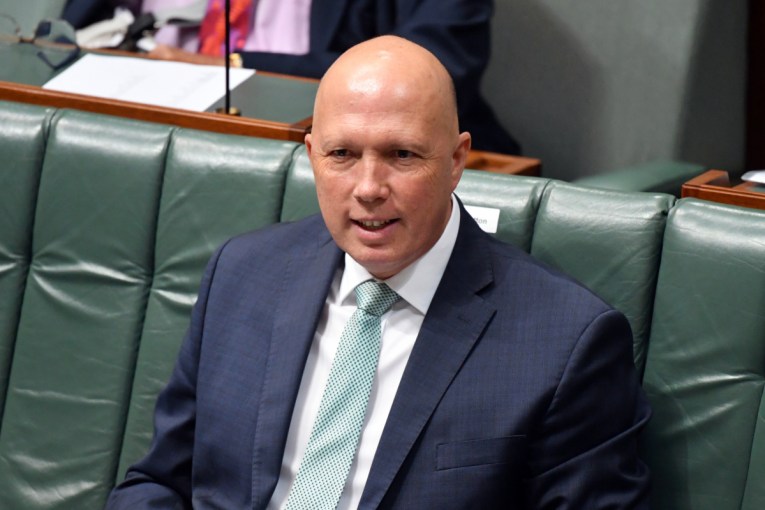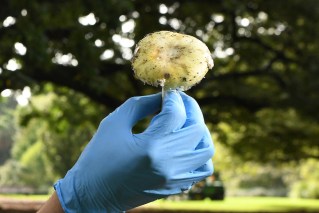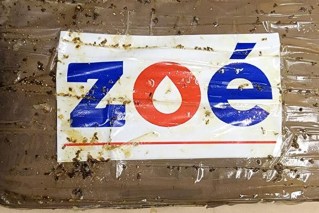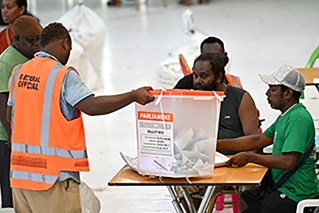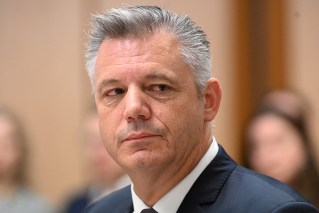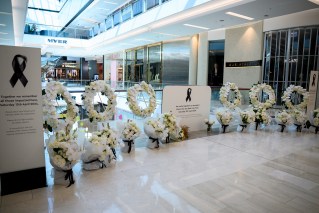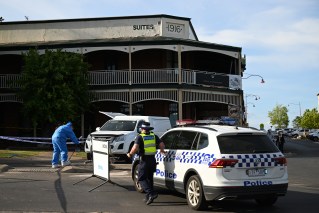The global environmental disaster we should have seen coming

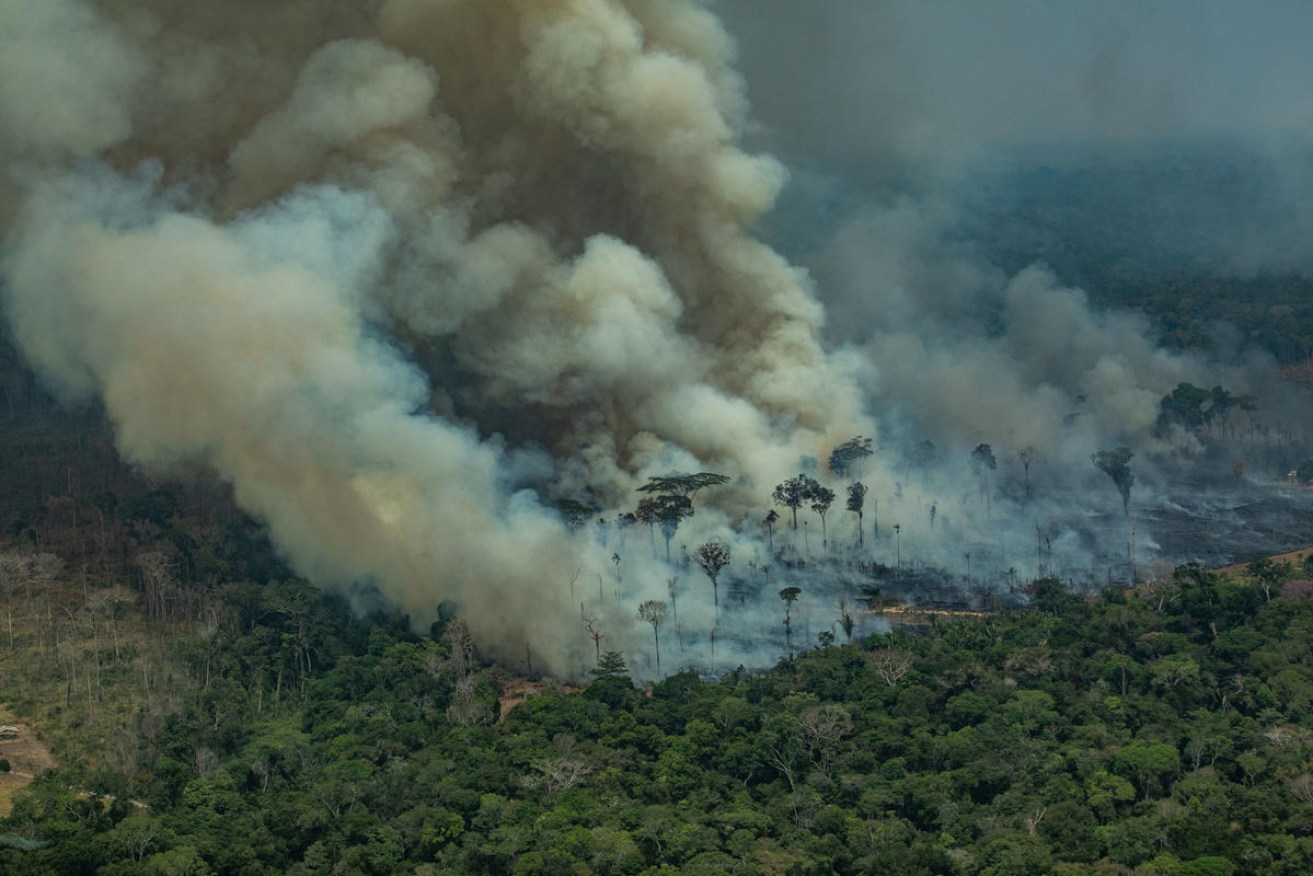
The Amazon rainforest has been burning for almost four weeks now. Photo: Greenpeace
The Amazon rainforest has been burning for almost four weeks now, in one of the biggest environmental catastrophes of our time.
Environmentalists blame Brazil’s President Jair Bolsonaro for the blaze and President Bolsonaro blames his political enemies.
As Brazil’s army was deployed to curb the flames on Saturday, leaders at the G7 scrambled to cut a deal to help and an international tit for tat exploded across Twitter.
More than 75,000 fires have erupted in the Amazon since the start of the year. Between January and August alone, the number of fires in the region was 83 per cent higher than last year.
“It could have been avoided,” said Danilo Ignacio de Urzedo, who has worked in the Amazon as a forester and is now a lecturer at the University of Sydney.
“It’s not a natural happening, it is a political issue. The fires are a direct result of mismanagement, underfunding and illegal deforestation, mostly for the cattle industry,” he said.
“They have been set deliberately.”

Jair Bolsonaro is at the centre of this crisis. Photo: Getty
During his election campaign, Mr Bolsonaro was nicknamed “Tropical Trump” after he advocated for policies that allowed the destruction of the forest in the name of economic advancement.
“We had a massive change in terms of the environmental department. The President removed the forest service from the ministry of environment and put it in the ministry of agriculture,” Mr de Urzedo said.
Fires for pastures
Amazon Watch, a non-profit organisation that works to protect the rainforest, said farmers had been setting the forest ablaze to create pastures for cattle.
“The unprecedented fires ravaging the Amazon are an international tragedy and a dangerous contribution to climate chaos,” program director Christian Poirier said.
He argued Mr Bolsonaro’s message allowed farmers and ranchers “to commit arson with wanton impunity”.
“The vast majority of these fires are human-lit,” he said.

More than 75,000 fires have erupted since the start of the year. Photo: Greenpeace
The wildfires and towering plumes of smoke can now be seen from space, as a set of satellite images released by US space agency NASA on Monday showed.
The fires continue to degrade the world’s biggest terrestrial carbon sink and the biodiversity that lives there.
So far, the fires have released 230 million tonnes of carbon dioxide.
To put that context, Australia’s climate council estimates that in 2017, the whole country emitted 556.4 million tonnes.
“There has been a massive change in enforcing the laws. Brazil doesn’t need a new solution. Brazil developed a good system, with strong laws and regulations,” Mr de Urzedo said.
“We know what we need to do. We have the technologies, but we need political enforcement. We need to put it in practice,” he added.

The fires can now be seen from space. Photo: NASA
After global pressure, President Bolsonaro tried to temper concerns by sending Brazilian warplanes to drop water bombs on the flames.
But for many parts of the forests it may be too late, Mr de Urzedo said.
“There’s a tipping point. If the deforestation increases more than 20 per cent, mainly in these areas you have farming, these areas turn into a savannah,” he explained.
“They’ll be degraded forever.”
Tweet from @jairbolsonaro
Australia’s problem
While the blaze in the Amazon has prompted an outpouring of concern around the world, environmental groups in Australia say there’s a similar situation happening in our own backyard.
Australian Conservation Foundation CEO Kelly O’Shanassy said Australia was a global deforestation hot spot.
“Australia has huge levels of land clearance occurring. Our economy is based on industrial-scale forestry and farming. That is a huge contributor to climate change,” she said.
Pointing to the rainforest fires that affected Queensland over the past summer, Ms O’Shanassy said we had already seen our own Amazon situation.
“In 2018 the wet forests in northern Australia were on fire. That’s a similar thing. Rainforest environments normally don’t catch on fire because they are wet, but they’re getting drier,” she said.
“What’s happening in the Amazon is devastating. It’s being watched globally because it’s the lungs of our planet.

Environmental groups say there’s a similar situation happening here. Photo: Greenpeace
“But we forget Australia is in the top 17 most diverse nations on Earth. In part, our forests are also the lungs of the planet and they’re suffering from land clearing and climate change.”
Ms O’Shanassy said that to protect Australia from prolonged drought and more bushfires, we also need a political change.
“The changes we need are at a big system level. The people who can drive that change are governments and corporations. What people can do is vote, and we can buy products,” she said
